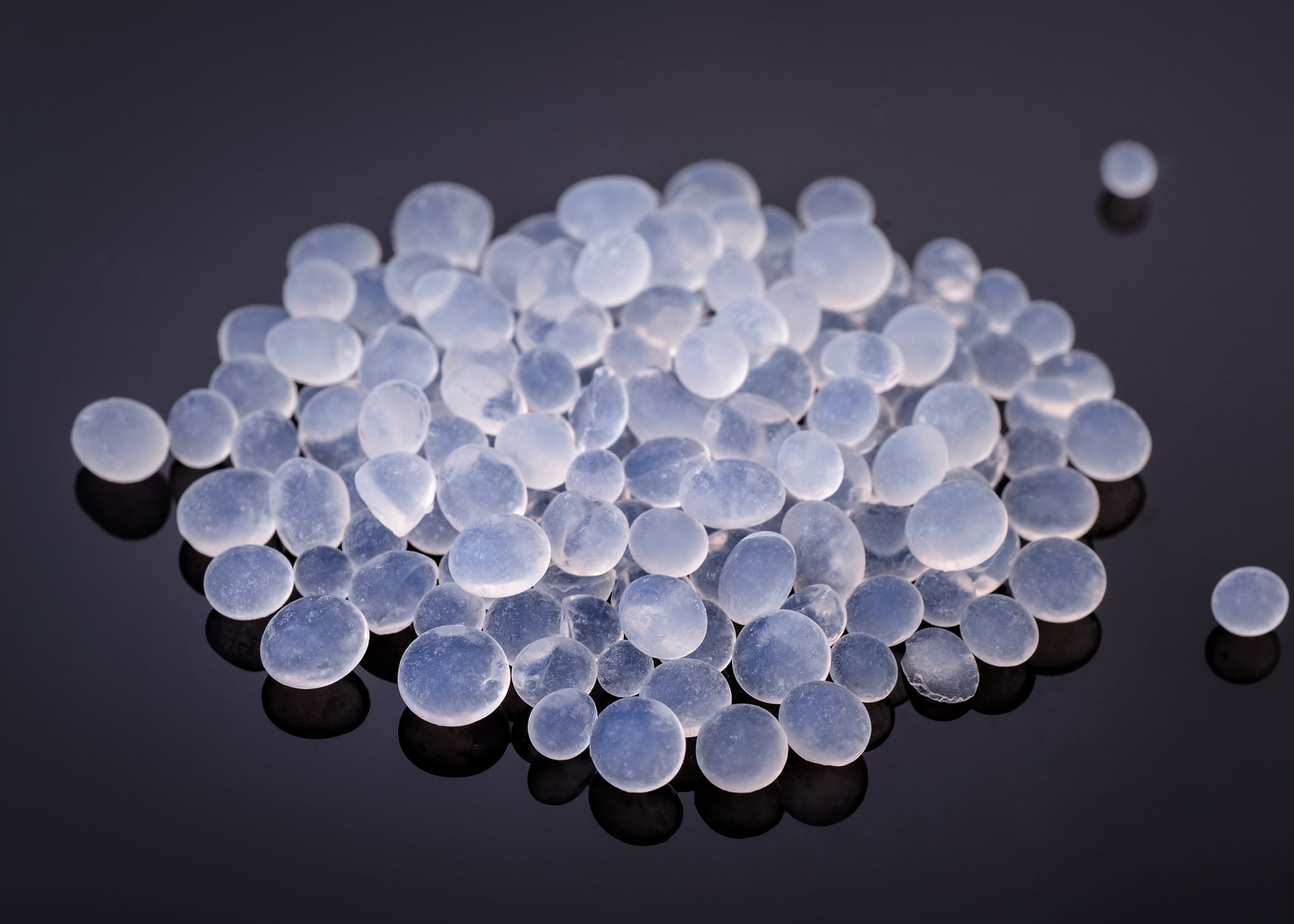The Problem with moisture intrusion
After moisture or water vapor enters a sealed enclosure, it diffuses through the air inside, where it can later condense during temperature changes. Condensation is a common obstacle in designing sealed enclosures intended to house electronics or other moisture sensitive equipment. To make things worse, moisture will enter a sealed enclosure in four different ways.
Regardless of how moisture gets inside, it can prove severely problematic for a project if not dealt with properly. One question our customer – who are all engineers – frequently ask is:
“I’m already installing a breather valve to deal with pressure differentials, won’t moisture flow out when the valve opens?”
Our answer: No, because of diffusion.

Moisture intrusion in sealed spaces
Specifically, once moisture enters into a sealed space, it diffuses throughout the air volume until the concentration is more or less uniform. When the breather valve opens to breathe out, only a portion of the overall air volume exits. The rest, still containing moisture, remains inside.
An analogy would be putting several drops of dye into a bucket of water. After the dye has diffused throughout the water, removing some water will only remove a little bit of dye.
How do i prevent condensation in a sealed space?
Desiccant is the primary solution to moisture mitigation in sealed spaces, and there are many different types and shapes of desiccant. However, pressure and vacuum differentials are also a problem inherent to sealed enclosures. This is commonly dealt with using breather valves – which allow moisture ingress when they open.
Due to the multiple forces acting on sealed enclosures, we at AGM often discuss solutions in terms of systems rather than single components. Got a pressure problem? Installing a breather valve or immersion breather is the way to go, but then how do you deal with the moisture that gets in?
When installing breather valves, we recommend installing desiccants as well, to create a system of pressure and moisture mitigation. When used together, breather valves will prevent dangerous pressure and vacuum buildups, while desiccants will adsorb the water vapor from the air inside the enclosure.
Immersion breathers, however, allow gases like air and water vapor to constantly pass through. As a result, immersion breathers are often used when some condensation is not problematic and desiccant is not needed.
Breather Valve Theory and Characteristics

Learn how best to protect your project
Each project is different and requires personalized treatment. Contact AGM and speak with our engineering team for more information. Reach us at (520) 881-2130, or email engineering at the link below.



